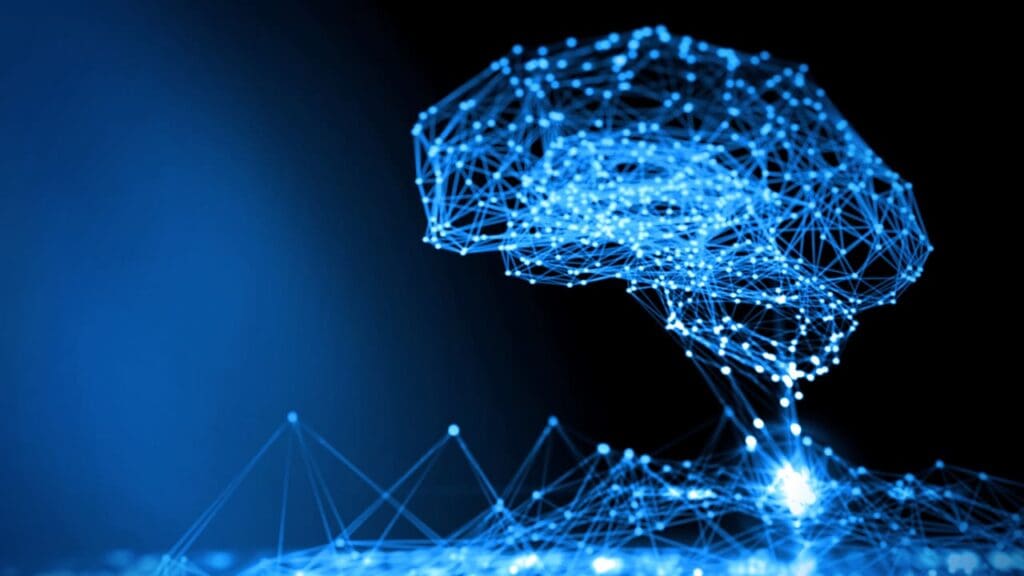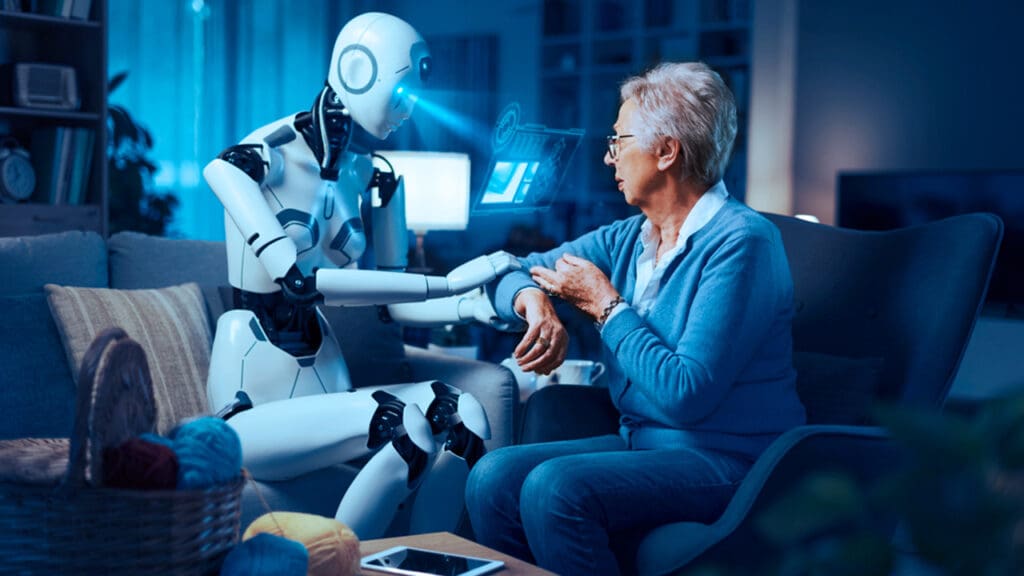 Q&A with Professor Ashok Jhunjhunwala, IEEE Fellow and an electrical engineering professor at the Indian Institute of Technology Madras, Chennai, India
Q&A with Professor Ashok Jhunjhunwala, IEEE Fellow and an electrical engineering professor at the Indian Institute of Technology Madras, Chennai, India
Would you describe your current project implementing low-voltage DC (LVDC) microgrids in India?
My team in the Department of Electrical Engineering at IIT Madras, in Chennai, India, is working with India’s Ministry of Power to bring small-scale, low-voltage DC (LVDC) microgrid systems to our citizens. We are doing this for homes connected to the grid but with unpredictable, intermittent service and for homes which are not connected to the grid (off-grid).
We started deploying such systems in 2014 at IIT Madras itself and the following year we deployed these systems at 1,000 homes in three cities and several villages. With the Ministry of Power we now have two projects that will reach more than 100,000 homes. To date we have reached close to 25,000 homes.
For off-grid homes, we use a single, 125-Watt rooftop solar panel with a 48-Volt DC line into the home to charge a battery and power DC lights, fans, televisions, laptops, computers and cellphone chargers. This is being done in the states of Bihar, Assam, Rajasthan, Karnataka, Odisha, Telangana and in the city of Chennai.
In Bihar and Assam, we are also converting 230V AC power from the grid into 48V DC and powering homes in a similar way. The solar panel is optional. Because the appliances I cited are DC-powered DC appliances, they have far higher energy efficiency and the system avoids losses due to AC to DC converters. As a result, it lowers costs for the consumer and increases environmental sustainability. In some cases, we partner with companies who provide the funds as a corporate social responsibility (CSR) project and the local power distribution company to carry out the installations.
One main benefit is 24/7 availability of power. A 2015 study of villages in six Indian states found that most homes otherwise received power less than four hours per day, so this is a significant improvement.
What are the challenges you face in the current project and what hurdles exist to spreading LVDC microgrids?
The first challenge we faced was a lack of DC appliances. We had to work to get DC appliances at the same cost as AC appliances. The lack of standards in this area hurt our efforts.
Then there were technical challenges combining the grid, solar panels and batteries to ensure minimal power losses. Where we use the grid as a power source, at least in one state, homes did not have a neutral wire, just a single-phase wire.
Today the biggest issue in large scale commercialization will be writing standards for these systems. The Bureau of Indian Standards has recently come up with 48V DC microgrid draft standards and guidelines for system deployment. And this may lead to global standards written by the IEEE SA, which is already exploring LVDC. Currently, IEEE SA is working on IEEE P2030-10™ – Standard for DC Microgrids for Rural and Remote Electricity Access Applications. The IEEE India chapter has pushed for this standard and it will be presented as well to the International Electrotechnical Commission (IEC).
Did you encounter any cultural challenges in introducing these systems in various cities or villages in India?
Initially, people questioned the choice of DC. They said, “Are you sure? Why DC?” We explained DC’s energy efficiency benefits and the fact that LED lights and home electronics already run on DC. Some asked if anyone else in the world had done this and we said “no.” Some were happy to be first, others questioned why they should go first.
I would note that telecom equipment at utilities as well as electric vehicles, particularly small, two- and three-wheelers, also use 48V DC and that semiconductor manufacturers are working on 48V DC integrated circuits. These developments will help us, as will standards.
You have said that a parallel DC system could assist households everywhere in the world, including developed countries. How might your systems be applied, say, in the United States?
Remember, in the U.S., every appliance, mobile phone, LED light and laptop relies on an AC to DC converter and that adds to the device cost and reduces energy efficiency. Building owners are looking into parallel DC systems for energy efficiency. So I see the developed world moving there, but a bit slowly as the installed base is all AC. The advantage in countries such as India is that rapid growth in infrastructure will soon overcome legacy infrastructure and the conversion to DC power-lines in buildings will happen more quickly. More reliable and efficient energy provisioning will, in turn, help developing economies.
What have you seen in terms of how LVDC microgrids change people’s lives and serve humanity?
Where people have lived without a grid connection, these microgrids have become the cheapest, swiftest method of power provisioning and that really makes a difference in their lives. Just having lights at night, the ability to charge a mobile phone and use a computer can change the course of their lives. Access to electricity is a huge gain. For those who are grid-connected, increased reliability and lower losses are nearly as beneficial to their lives.
In India, even with subsidized power that our utilities provide, most cannot afford it. The DC thrust drives down power consumption by a factor of two. So energy efficiency is tied to affordability and that makes a huge difference to many people. They are able to therefore use power, rather than deny themselves that power.
Another big benefit is a very positive mood among the engineers who work on these projects. The fact that we are doing something different than the rest of the world means we will probably come out as leaders. This is a matter of big pride for youngsters and students as well.
Ultimately, the provision of electricity stimulates changes in life itself and supports education, employment, healthcare, every single thing. When you combine electricity, a mobile communication link and information technology you can develop individual lives and entire economies.
Today, with reliable electricity, many more opportunities are open in remote rural areas and villages, some of which have been left behind in the past.









